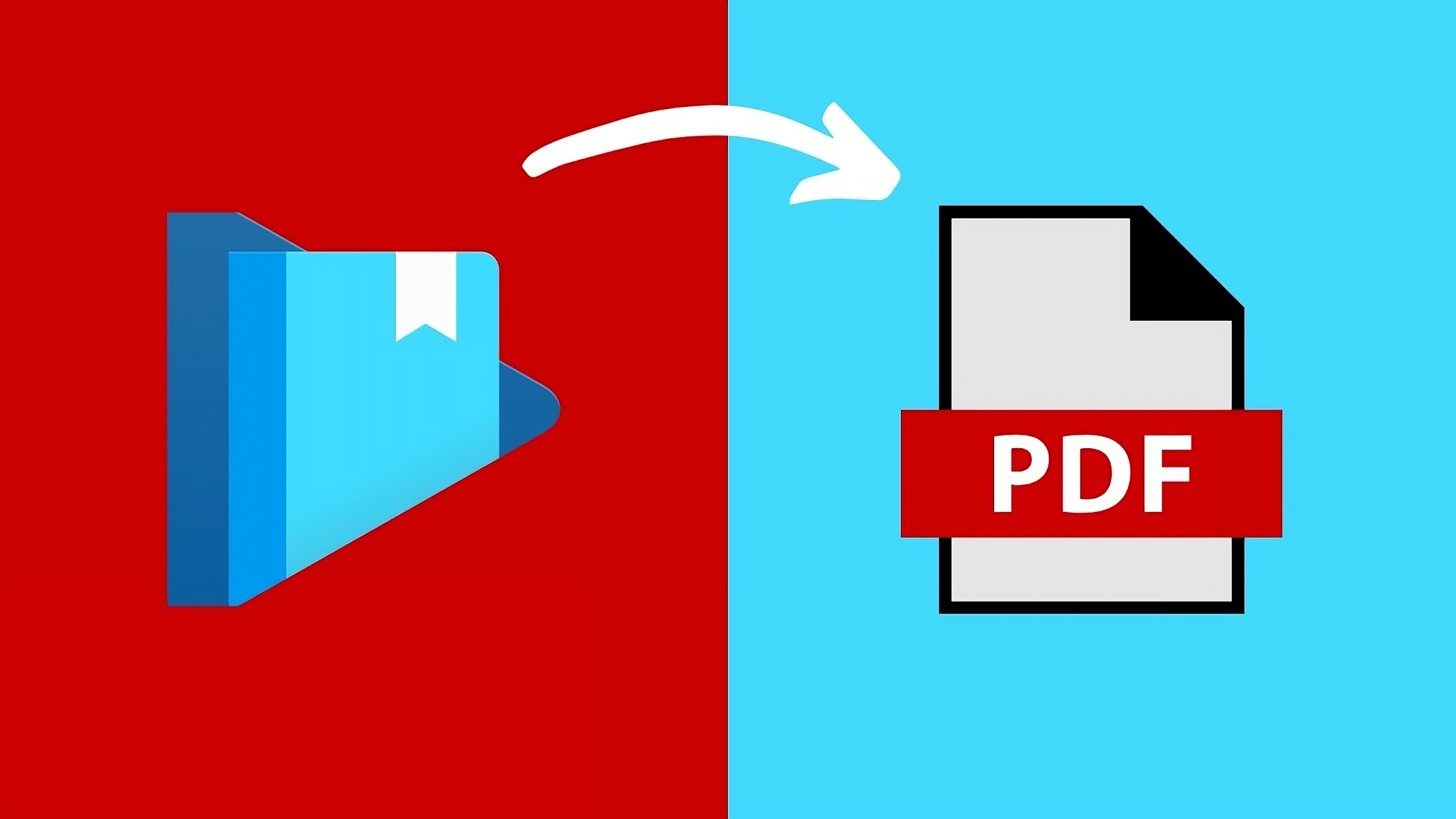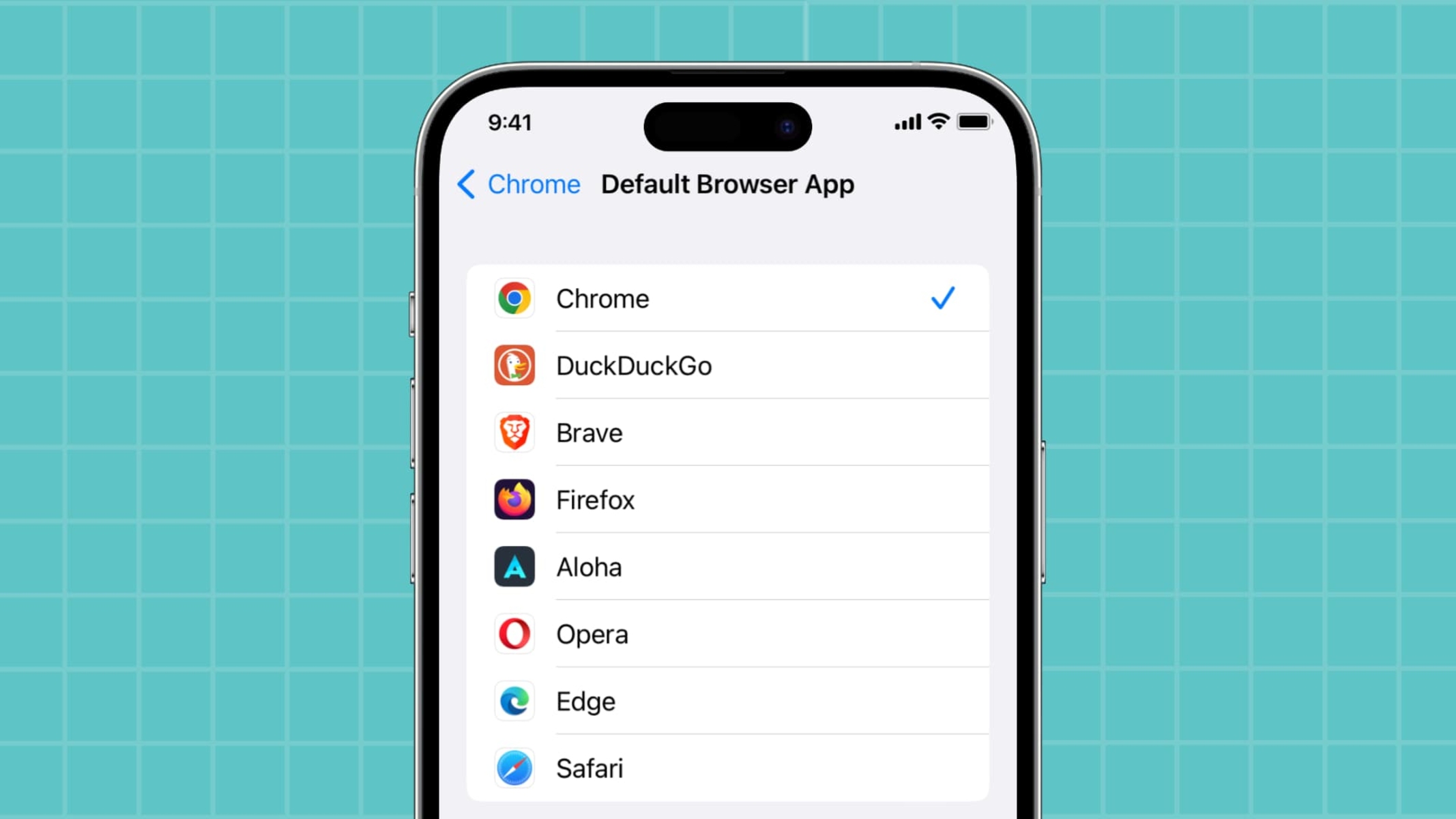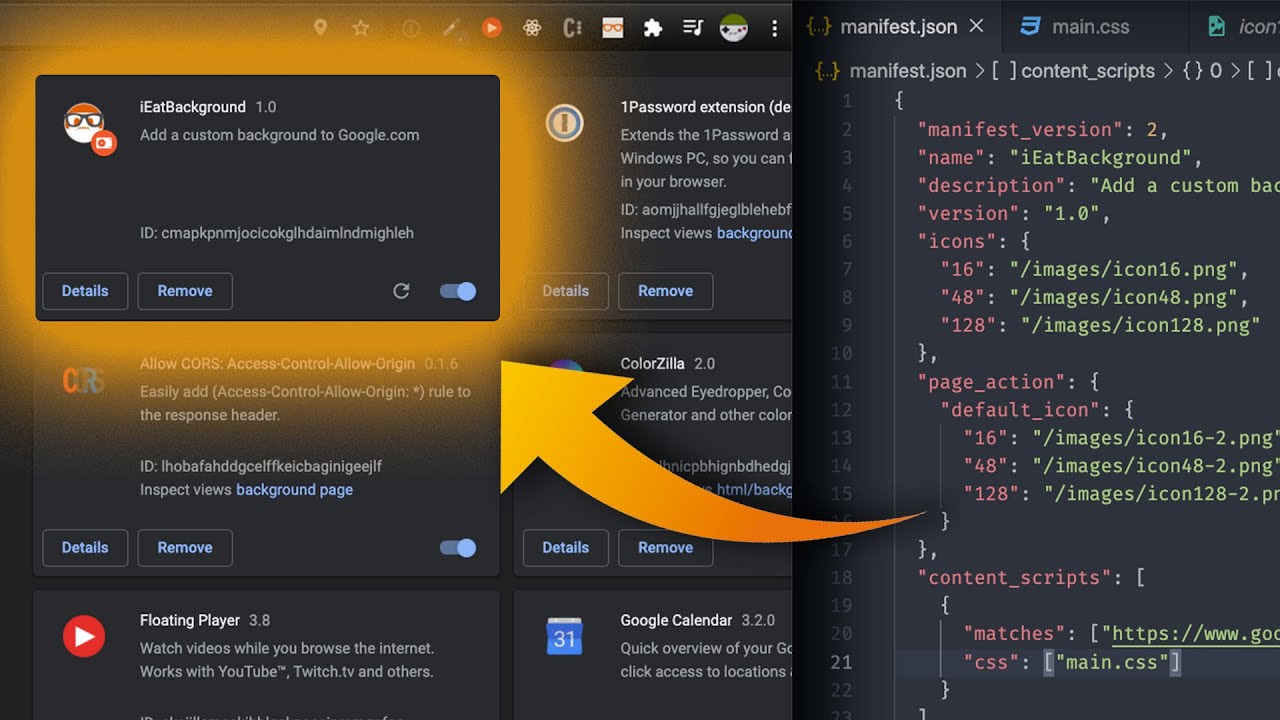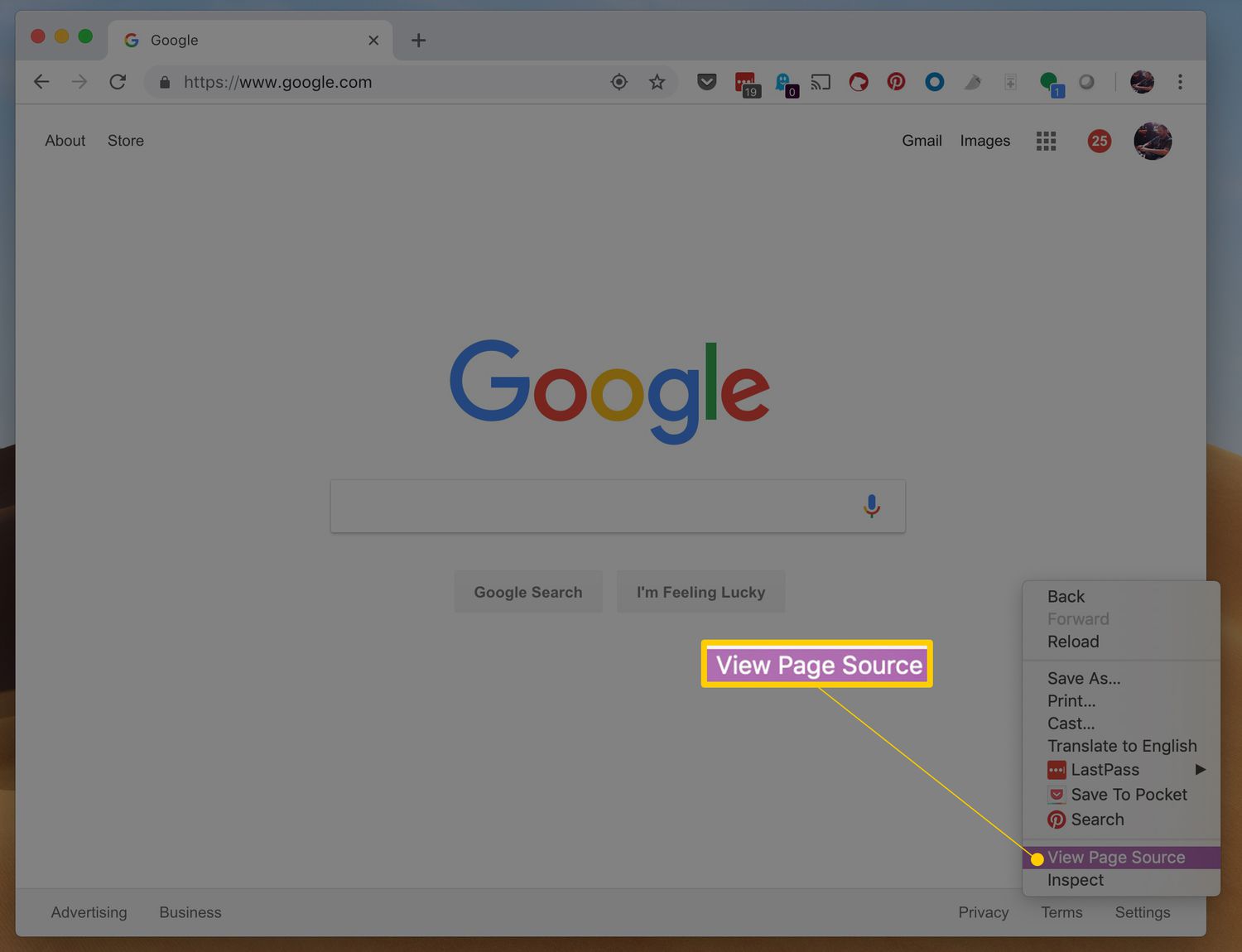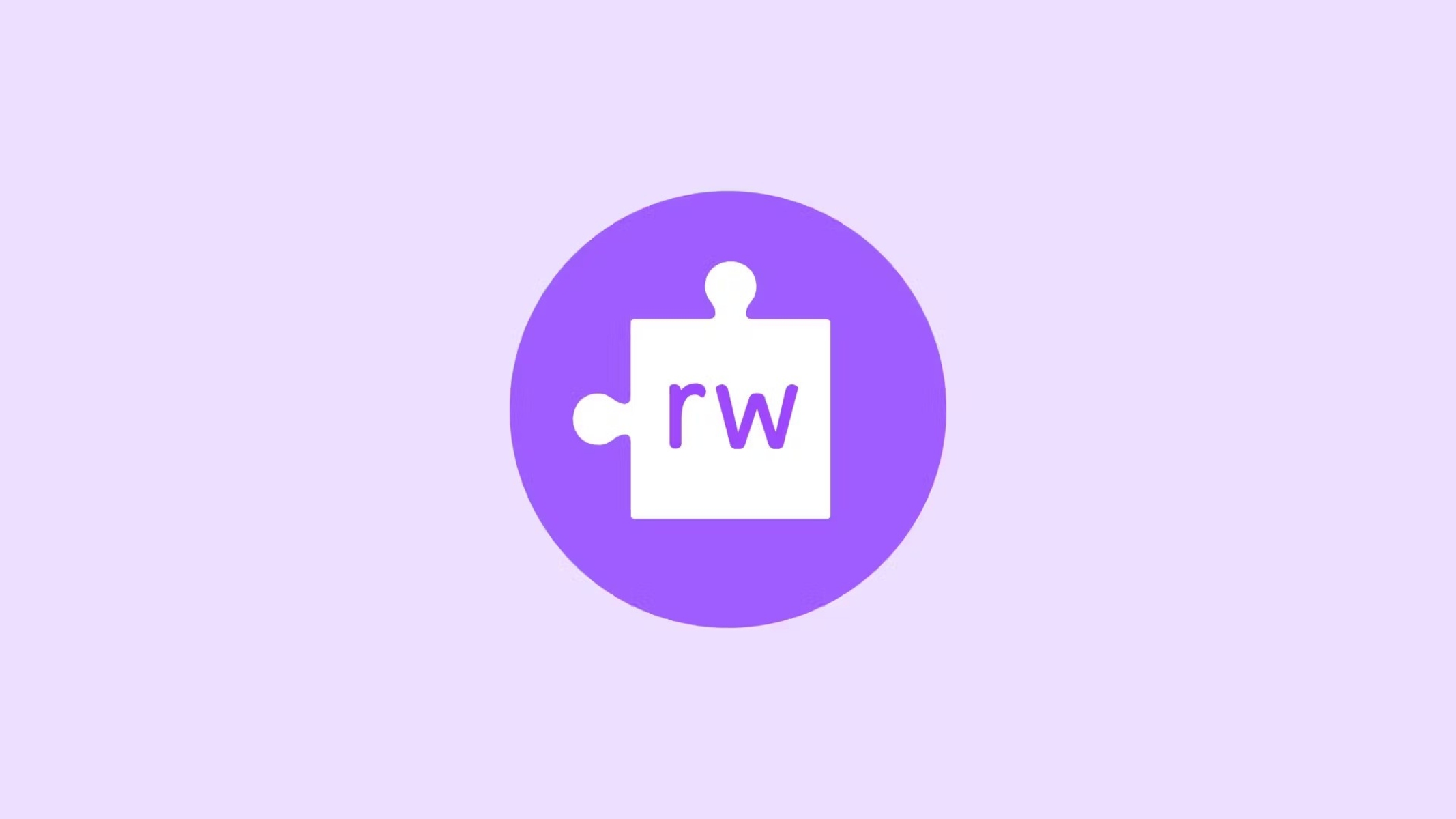Introduction
Google Chrome extensions are powerful tools that can enhance your browsing experience by adding new features and functionality to the Chrome browser. Whether you want to customize your browsing experience, increase productivity, or develop a new tool for others to use, building a Google Chrome extension can open up a world of possibilities.
With the ability to modify and enhance the functionality of the Chrome browser, extensions have become an integral part of the browsing experience for millions of users worldwide. From ad blockers and password managers to productivity tools and entertainment add-ons, the Chrome Web Store offers a wide range of extensions to cater to diverse needs.
In this comprehensive guide, we will delve into the process of building a Google Chrome extension from scratch. You will learn how to set up your development environment, create your first Chrome extension, test and debug your creation, and finally, publish it to the Chrome Web Store for others to enjoy.
By the end of this guide, you will have the knowledge and skills to bring your ideas to life and contribute to the ever-growing ecosystem of Chrome extensions. So, let's embark on this exciting journey to unlock the potential of Google Chrome extensions and bring your innovative concepts to the fingertips of users around the world.
Understanding Google Chrome Extensions
Google Chrome extensions are small software programs that customize the browsing experience on the Chrome browser. They are designed to add functionality and features to the browser, allowing users to personalize their online activities. These extensions can modify and enhance the way users interact with websites, access information, and manage their online tasks.
What Are Chrome Extensions?
Chrome extensions are essentially web technologies such as HTML, CSS, and JavaScript bundled together. They can interact with web pages, access browser features, and communicate with external servers to provide a wide range of functionalities. From simple tools that modify the appearance of a webpage to complex applications that integrate with external services, the possibilities for Chrome extensions are virtually endless.
Key Features and Capabilities
Chrome extensions can perform a variety of tasks, including altering the appearance of web pages, capturing content from the web, and interacting with the browser itself. They can add new buttons to the Chrome toolbar, create custom context menus, and inject scripts into web pages to modify their behavior. Additionally, extensions can access and modify browser settings, manage cookies, and interact with the user's browsing history.
User Benefits
For users, Chrome extensions offer a convenient way to tailor their browsing experience to suit their specific needs. Whether it's blocking intrusive ads, managing passwords, or accessing quick shortcuts to favorite websites, extensions empower users to take control of their online activities. With the ability to enhance productivity, improve security, and streamline everyday tasks, Chrome extensions have become indispensable tools for millions of users worldwide.
Development and Distribution
Developers can create Chrome extensions using web technologies and the Chrome Extension API. Once developed, these extensions can be distributed through the Chrome Web Store, making them accessible to a vast audience of Chrome users. This seamless distribution model allows developers to share their creations with the world and contribute to the ever-expanding ecosystem of Chrome extensions.
Understanding the fundamentals of Chrome extensions is the first step toward harnessing their potential. With this knowledge, you are ready to embark on the journey of building your own Chrome extension and making a meaningful impact on the browsing experiences of users across the globe.
Setting Up Your Development Environment
Setting up your development environment is the crucial first step in the process of building a Google Chrome extension. This phase involves configuring the necessary tools and resources to facilitate the development, testing, and debugging of your extension. By establishing a well-organized development environment, you can streamline the creation process and ensure that your extension meets the required standards for publication.
Install Google Chrome
Before diving into extension development, ensure that you have Google Chrome installed on your computer. Chrome will serve as the primary platform for testing and debugging your extension. If you don't have Chrome installed, you can download it from the official website and follow the installation instructions for your operating system.
Set Up a Text Editor
Selecting a suitable text editor is essential for writing and managing the code for your Chrome extension. Popular text editors such as Visual Studio Code, Sublime Text, or Atom provide robust features for web development, including syntax highlighting, code snippets, and integrated terminal support. Choose a text editor that aligns with your preferences and offers the functionality required for efficient extension development.
Obtain the Chrome Extension Toolkit
Google offers a dedicated toolkit, known as the Chrome Extension Toolkit, to streamline the development process. This toolkit includes essential resources such as templates, sample code, and debugging tools to aid in the creation of Chrome extensions. By leveraging the Chrome Extension Toolkit, you can access valuable resources and best practices that will enhance the quality and functionality of your extension.
Enable Developer Mode in Chrome
To facilitate extension testing and debugging, you need to enable Developer Mode in the Chrome browser. This mode unlocks advanced features for extension development, allowing you to load unpacked extensions, inspect background pages, and access detailed debugging information. By enabling Developer Mode, you gain greater control over the extension development process and can effectively troubleshoot any issues that may arise.
Familiarize Yourself with Chrome Extension APIs
Chrome Extension APIs provide a set of interfaces and functions that enable extensions to interact with the Chrome browser and its underlying features. It is essential to familiarize yourself with these APIs to understand how your extension can leverage browser capabilities such as tabs, storage, notifications, and more. By gaining proficiency in Chrome Extension APIs, you can harness the full potential of your extension and deliver a seamless user experience.
By meticulously setting up your development environment, you lay a solid foundation for the successful creation of your Chrome extension. With the necessary tools in place, you are well-equipped to embark on the next phase of the development process and bring your innovative ideas to life within the Chrome browser ecosystem.
Creating Your First Chrome Extension
Creating your first Chrome extension marks an exciting milestone in your journey as a developer. This phase involves conceptualizing your extension, structuring its components, and implementing the necessary functionality to deliver a seamless user experience. By following best practices and leveraging the capabilities of Chrome Extension APIs, you can bring your vision to life and contribute a valuable addition to the Chrome Web Store.
Define the Extension's Purpose
Before diving into the technical aspects of development, it's essential to define the purpose and functionality of your extension. Consider the problem it aims to solve or the enhancement it seeks to provide for users. Whether it's simplifying a repetitive task, improving accessibility to information, or introducing a novel browsing feature, a clear understanding of your extension's purpose will guide the development process.
Structure the Extension Manifest
The manifest file, named manifest.json, serves as the foundation of your Chrome extension. It outlines essential details such as the extension's name, version, permissions, and background scripts. By structuring the manifest file with precision, you establish the fundamental configuration of your extension and define its behavior within the Chrome browser environment.
Implement Core Functionality
Leverage the power of HTML, CSS, and JavaScript to implement the core functionality of your extension. Whether it involves creating a custom toolbar button, injecting content scripts into web pages, or interacting with browser tabs, the implementation phase is where your extension comes to life. By adhering to best coding practices and utilizing Chrome Extension APIs, you can ensure that your extension operates seamlessly and efficiently.
Incorporate User Interface Elements
The user interface plays a pivotal role in the overall user experience of your extension. Integrate user interface elements such as pop-up windows, options pages, and notifications to provide users with intuitive controls and visual feedback. By designing a user-friendly interface that aligns with Chrome's visual guidelines, you can enhance the usability and appeal of your extension.
Test and Refine
Thoroughly test your extension across various scenarios to identify and address any potential issues or bugs. Utilize Chrome's developer tools to inspect background pages, debug content scripts, and simulate user interactions. By iteratively refining your extension based on testing feedback, you can ensure that it delivers a reliable and consistent experience for users.
By meticulously following these steps and infusing your creativity and technical expertise, you can create a compelling Chrome extension that resonates with users and adds value to their browsing journey. With your first Chrome extension taking shape, you are poised to make a meaningful contribution to the diverse landscape of Chrome extensions and leave a lasting impression on users worldwide.
Testing and Debugging Your Extension
Testing and debugging are integral phases in the development of a Google Chrome extension. These stages are crucial for ensuring that your extension functions as intended, delivers a seamless user experience, and adheres to the quality standards required for publication in the Chrome Web Store. By rigorously testing and debugging your extension, you can identify and address potential issues, optimize performance, and refine the overall functionality to meet the needs of your target audience.
Manual Testing
Conduct thorough manual testing to evaluate the behavior of your extension across different scenarios. Test its functionality on various websites, assess its responsiveness to user interactions, and validate its compatibility with different Chrome browser configurations. By manually interacting with your extension in real-world usage scenarios, you can gain valuable insights into its performance and user experience.
Utilize Chrome Developer Tools
Leverage the powerful features of Chrome Developer Tools to inspect and debug your extension. Use the Console to log messages and errors, analyze network activity, and monitor the performance of your extension. Additionally, the Elements panel allows you to inspect and modify the HTML and CSS of your extension's user interface, enabling you to fine-tune its visual presentation.
Test Across Multiple Environments
Ensure that your extension functions reliably across various environments, including different operating systems and Chrome browser versions. By testing your extension in diverse environments, you can identify and address compatibility issues, optimize performance, and deliver a consistent experience to users regardless of their setup.
Implement User Feedback
Solicit feedback from beta testers or a focus group to gather insights into the user experience of your extension. Incorporate user feedback to refine the functionality, user interface, and overall usability of your extension. By actively engaging with potential users, you can address pain points, enhance features, and ensure that your extension resonates with its intended audience.
Automated Testing
Consider implementing automated testing processes to validate the functionality and performance of your extension. Automated tests can help identify regressions, validate complex interactions, and ensure that new updates do not introduce unexpected issues. By integrating automated testing into your development workflow, you can maintain the stability and reliability of your extension over time.
By diligently testing and debugging your extension, you can instill confidence in its performance, functionality, and user experience. These efforts contribute to the creation of a polished and reliable Chrome extension that users can trust and enjoy. With a thorough testing and debugging process, you are well-prepared to take the next step of publishing your extension and sharing it with the global community of Chrome users.
Publishing Your Extension
Publishing your extension to the Chrome Web Store marks the culmination of your development journey and opens the door to a global audience of Chrome users. This phase involves preparing your extension for publication, adhering to the Chrome Web Store's guidelines, and navigating the submission process to make your creation accessible to users worldwide.
Review Chrome Web Store Policies
Before submitting your extension, carefully review the Chrome Web Store policies to ensure compliance with the platform's guidelines. Pay close attention to requirements related to user data privacy, security practices, and content policies. By aligning your extension with these policies, you can expedite the review process and increase the likelihood of successful publication.
Prepare Assets and Descriptions
Gather all necessary assets, including high-quality images, promotional graphics, and descriptive text for your extension. Craft compelling and informative descriptions that highlight the unique features and benefits of your extension. Engaging visuals and clear, concise descriptions can captivate potential users and encourage them to explore and install your extension.
Create a Developer Account
If you haven't already, create a developer account on the Chrome Web Store. This account serves as the platform for managing your extensions, monitoring performance metrics, and engaging with users through reviews and support. By establishing a developer account, you gain access to the tools and resources necessary for publishing and maintaining your extension.
Submit Your Extension
Navigate to the Chrome Web Store Developer Dashboard and initiate the submission process for your extension. Provide all required information, including the extension's manifest file, promotional assets, and relevant details such as category, language, and target audience. Thoroughly review the submission to ensure accuracy and completeness before proceeding.
Await Review and Publication
Once submitted, your extension will undergo a review process to assess its compliance with Chrome Web Store policies and technical requirements. Be patient during this phase, as the review process may take some time. Upon successful review, your extension will be published to the Chrome Web Store, making it available for users to discover, install, and benefit from its features.
Engage with Users
After publication, actively engage with users by responding to reviews, addressing feedback, and providing support for your extension. User engagement fosters a sense of community around your extension and allows you to gather insights for future improvements. By maintaining a positive and responsive presence, you can cultivate a loyal user base and enhance the reputation of your extension.
By navigating the publishing process with attention to detail and adherence to best practices, you can introduce your extension to a vast audience of Chrome users and contribute to the diverse ecosystem of Chrome extensions. The publication of your extension marks the beginning of its journey to enrich the browsing experiences of users worldwide.
Conclusion
Embarking on the journey of building a Google Chrome extension is a rewarding endeavor that empowers developers to innovate, create, and contribute to the ever-evolving landscape of web technology. Throughout this comprehensive guide, we have explored the intricacies of Chrome extension development, from setting up the development environment to the final stages of publishing an extension to the Chrome Web Store.
As you conclude this guide, it's essential to reflect on the significance of your newfound knowledge and the potential impact of your creations. By mastering the art of Chrome extension development, you have acquired the skills to craft solutions that enhance the browsing experiences of millions of users worldwide. Whether it's streamlining workflows, enhancing accessibility, or introducing novel functionalities, your extensions have the power to make a meaningful difference in the digital lives of users.
Furthermore, the journey of building a Chrome extension is not merely a technical pursuit; it is a testament to creativity, problem-solving, and user-centric design. As you conceptualize, develop, and refine your extensions, you are not just writing code; you are crafting experiences that resonate with users, simplify tasks, and elevate the way people interact with the web.
The Chrome Web Store serves as a platform for your creations to shine, reaching a global audience and becoming part of the diverse ecosystem of Chrome extensions. Your contributions add depth and richness to this ecosystem, offering users a myriad of options to tailor their browsing experiences to their unique preferences and needs.
As you continue your journey as a Chrome extension developer, remember that the impact of your creations extends beyond lines of code and technical specifications. Each extension you build has the potential to simplify a task, brighten someone's day, or empower users to accomplish more with their browsers.
In conclusion, the world of Chrome extension development is a realm of endless possibilities, creativity, and innovation. Your journey has just begun, and with each new extension you create, you have the opportunity to leave a lasting imprint on the digital landscape. Embrace this journey with passion, curiosity, and a commitment to enhancing the browsing experiences of users around the world.










